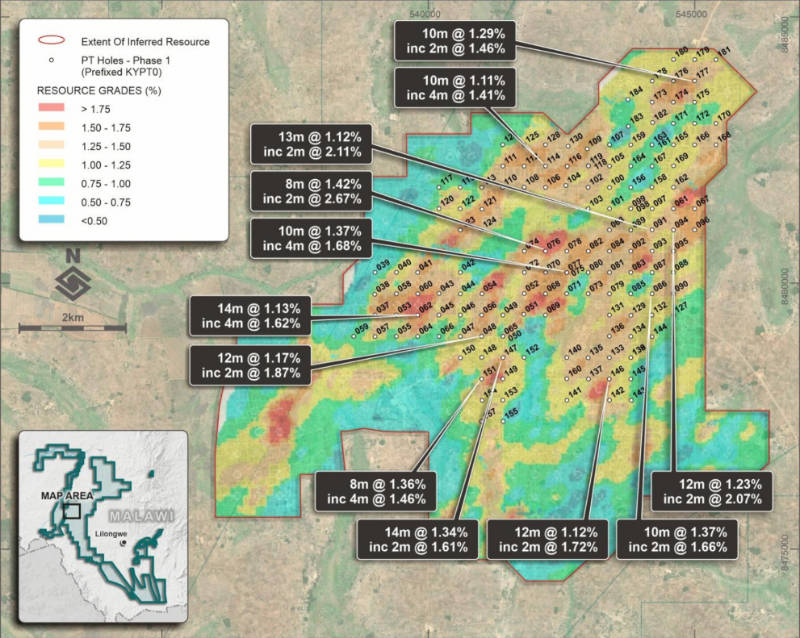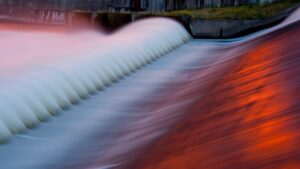CONFIRMED: Sovereign’s Kasiya rutile is the good stuff – thick, continuous and high-grade

Pic: Bloomberg Creative / Bloomberg Creative Photos via Getty Images
Sovereign’s upcoming Kasiya project resource category upgrade is looking promising after infill drilling confirmed the thick, continuous and high-grade nature of its mineralisation.
Notable assays of rutile – the rarest and highest-grade source of titanium – from the first phase of results from the 148-hole program in the central zone of the Kasiya deposit are:
- 14m grading 1.34% rutile including 2m at 1.61% rutile;
- 14m at 1.13% rutile including 4m at 1.62% rutile;
- 13m at 1.12% rutile including 2m at 2.11% rutile; and
- 12m at 1.23% rutile including 2m at 2.07% rutile.
Sovereign Metals (ASX:SVM) noted the assays are in line with previous hand-auger drilling and continue to confirm widespread, high-grade mineralisation commonly grading 1.2% to 2.0% rutile in the top 3-5m from surface.
“We are looking forward to the completion of the initial scoping study for Kasiya which will reveal the potential economics of this globally significant rutile discovery,” managing director Dr Julian Stephens said.
“This is timely as Sovereign completes its dual listing on the AIM Market of the London Stock Exchange in mid-December introducing new capital markets and generating greater exposure for the company and the strong fundamentals of the Kasiya project.”
The company is expected to be admitted to AIM on or about 14 December 2021 while the scoping study remains on track for completion in the current quarter.

Drill results
Sovereign had completed 244 core holes totalling 2,484m across the Kasiya and Nsaru rutile deposits between July and September using two push-tube core rigs achieving near-100% recovery through the soft, friable, mineralised regolith profile.
Besides the near-surface, high-grade mineralisation, the 148 core holes in the central zone also intersected moderate grade mineralisation generally grading 0.5% to 1.2% rutile that commonly extends from 5m to end of hole where it remains open at depths in numerous drill-defined, northeast-striking zones.
It is currently interpreted that these deeper, northeast-striking zones of rutile mineralisation should extend to the base of the soft, friable saprolite estimated to be about 25m depth.
The company will consider testing this deeper rutile mineralisation with sonic or air-core drilling in the 2022 field season.
Additionally, a comprehensive graphite assaying program has been completed over the course of the year to systematically assay all hand-auger and core samples.
This has shown low-grade, coarse-flake graphite averaging about 1.2% total graphitic content throughout the entire Kasiya rutile resources area.
Higher grade graphite occurs at depths of more than 5m in association with the northeast-striking zones of deeper rutile mineralisation.
Metallurgical testwork on a potential graphite by-product from Kasiya is now near completion and the company is confident of including a coarse-flake graphite by-product in the upcoming scoping study.
Results are pending for the remaining 96 holes from Kasiya and Nsaru.
This article was developed in collaboration with Sovereign Metals, a Stockhead advertiser at the time of publishing.
This article does not constitute financial product advice. You should consider obtaining independent advice before making any financial decisions.
Related Topics

UNLOCK INSIGHTS
Discover the untold stories of emerging ASX stocks.
Daily news and expert analysis, it's free to subscribe.
By proceeding, you confirm you understand that we handle personal information in accordance with our Privacy Policy.








